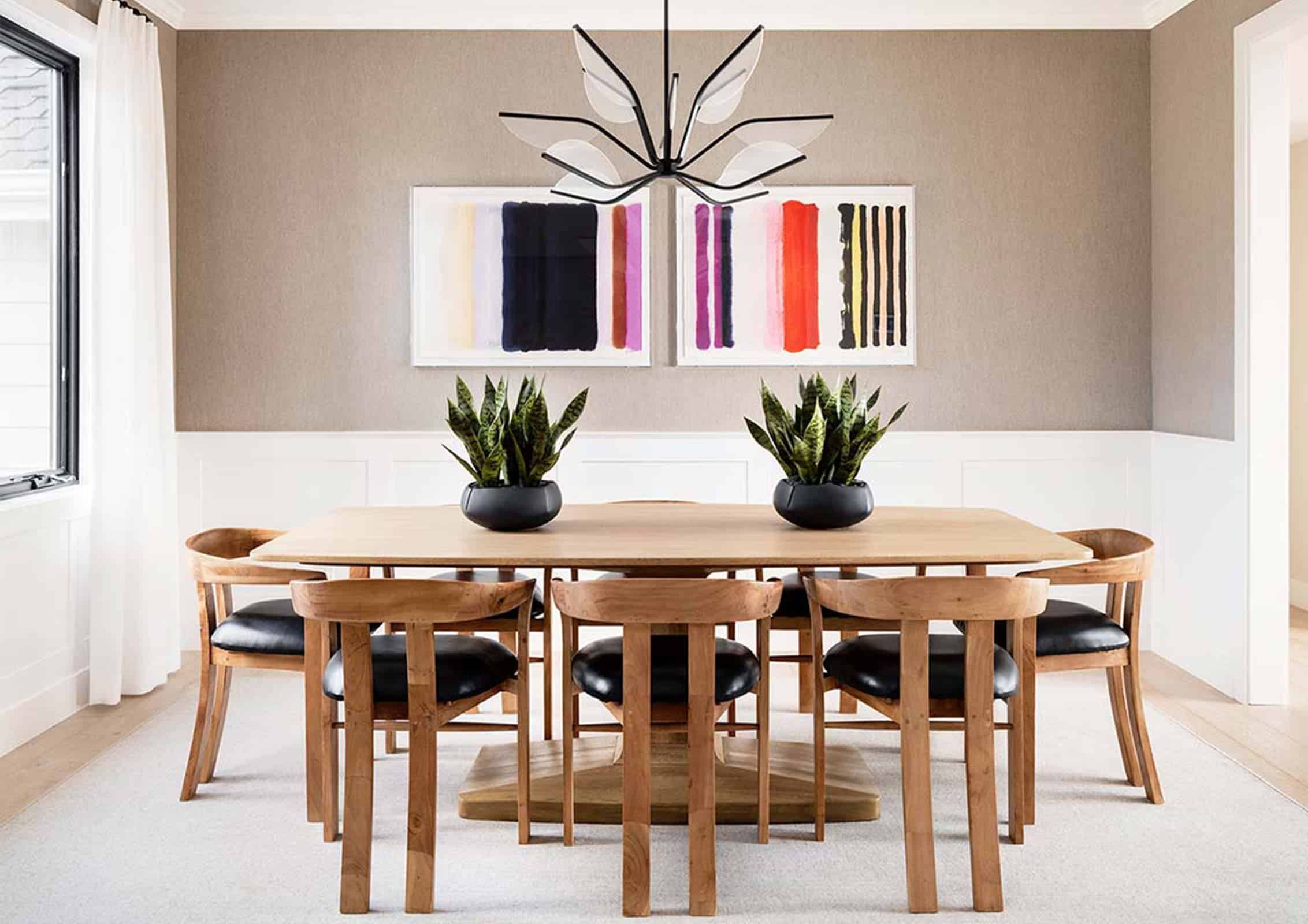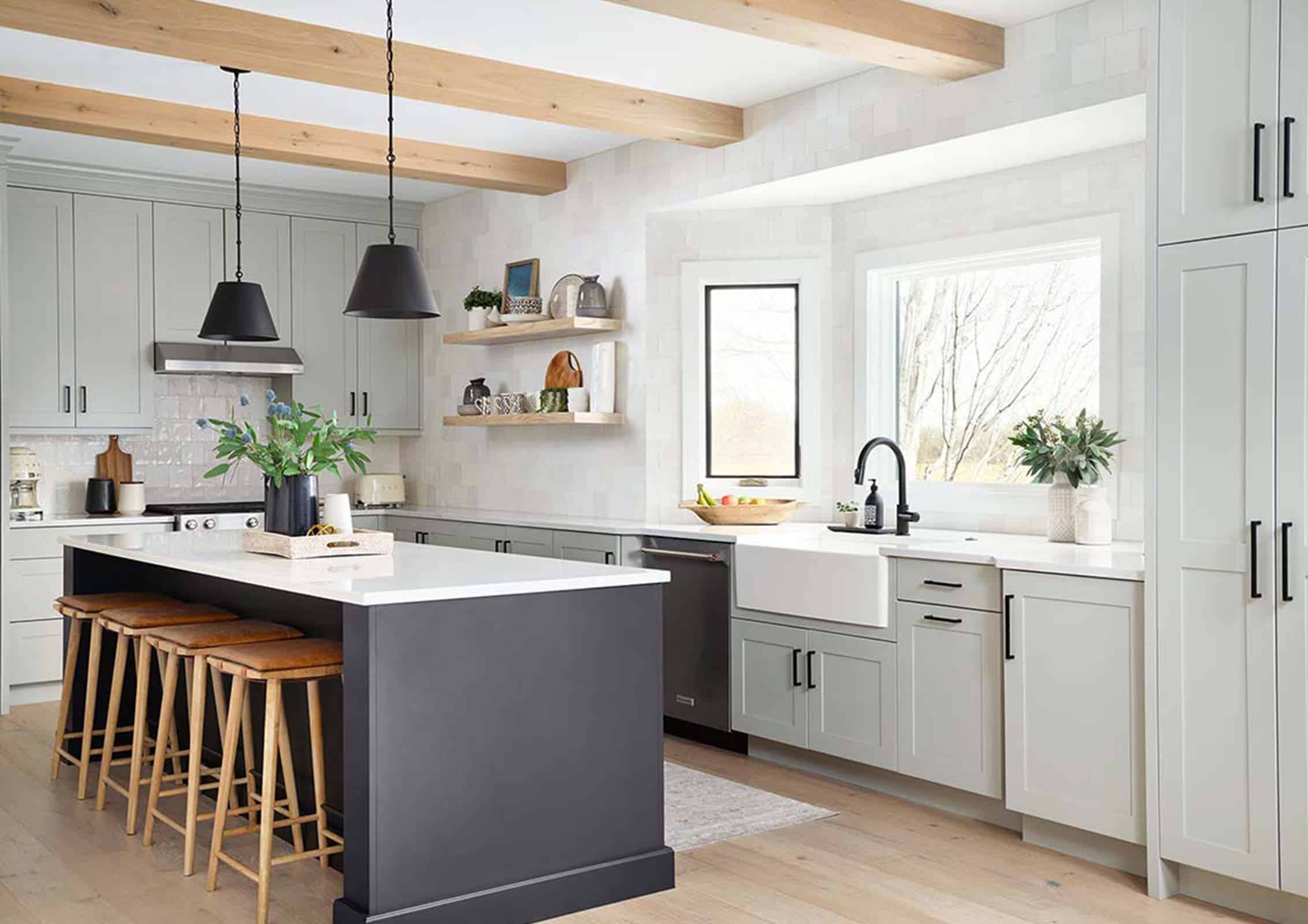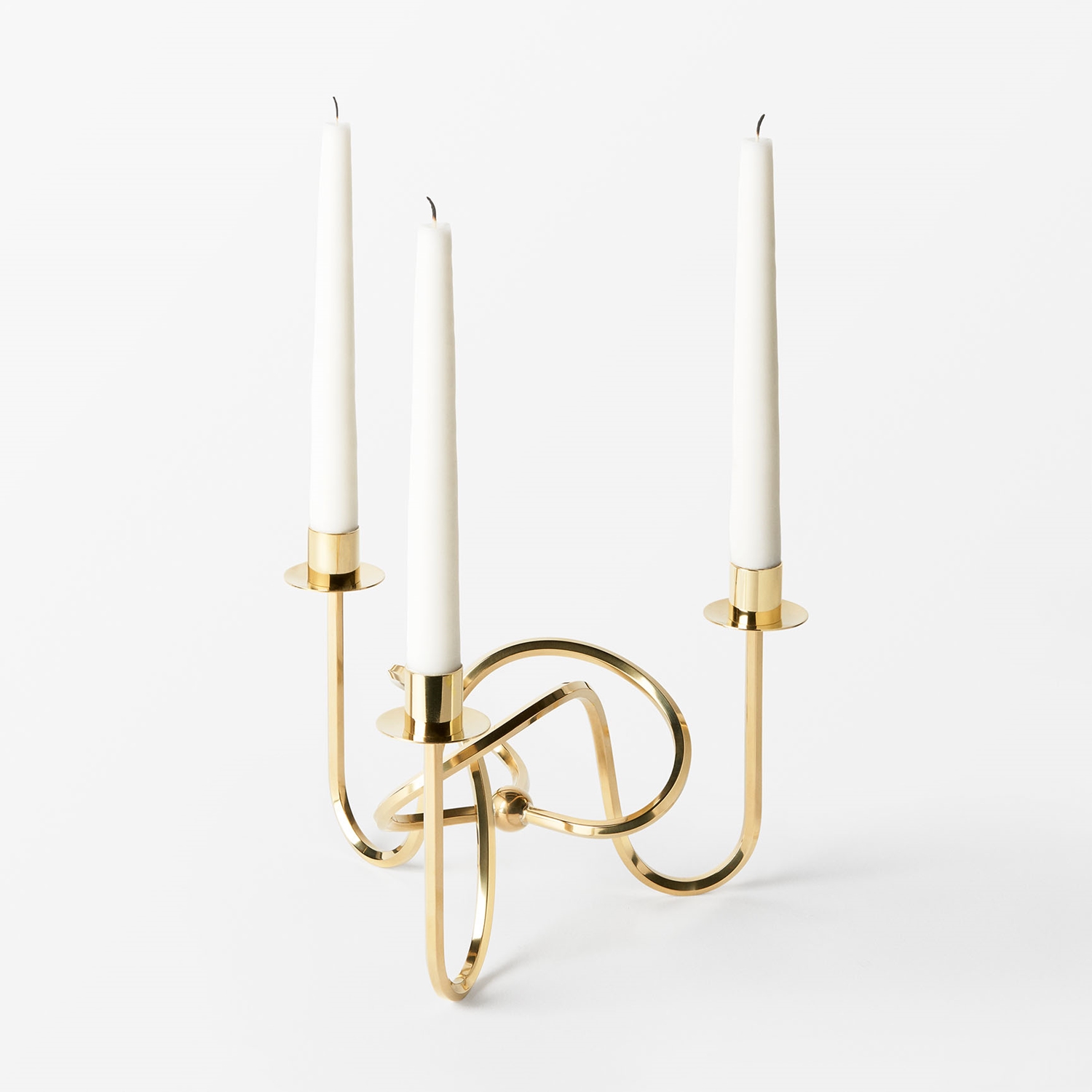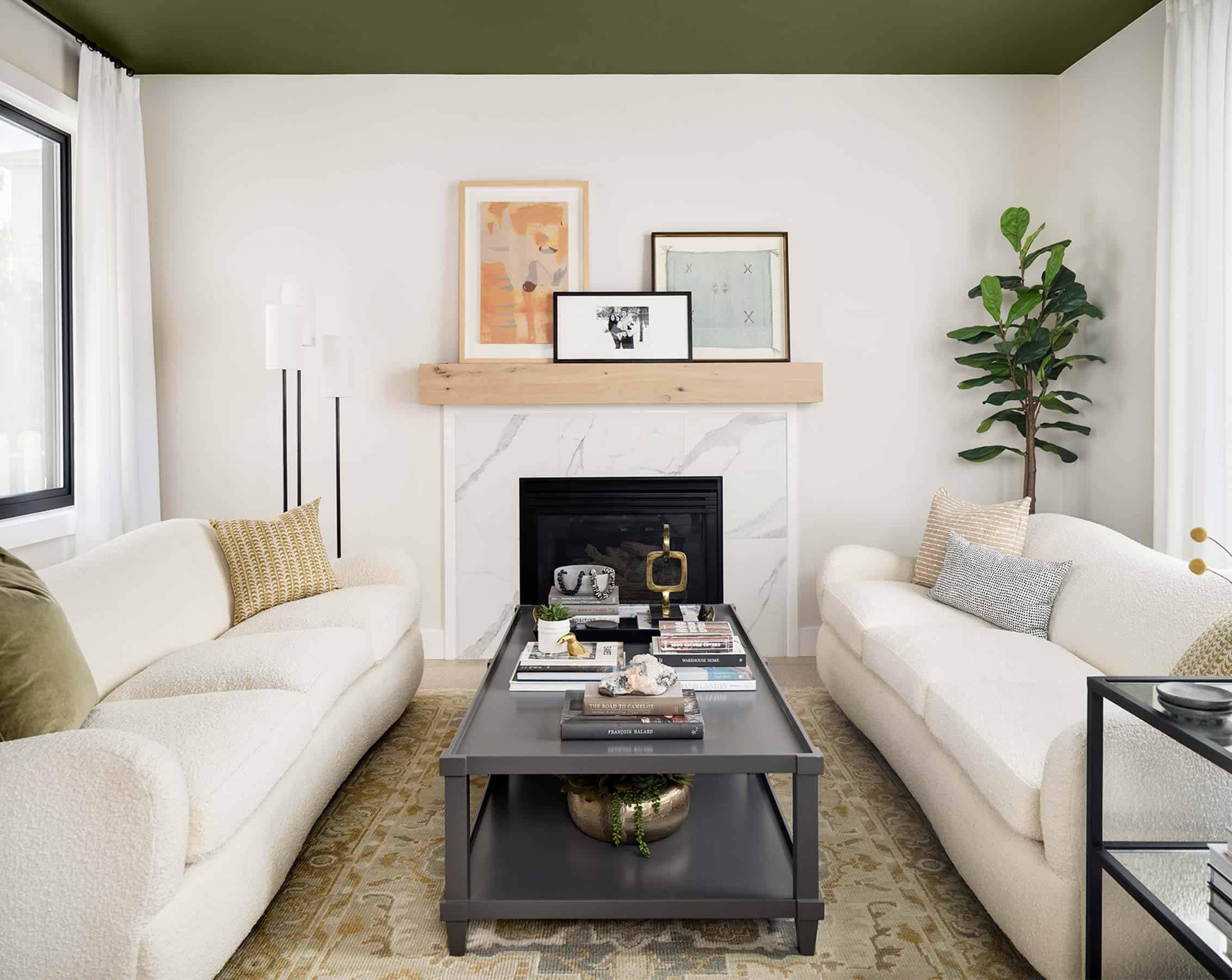Scandinavian Design
Embracing Minimalism And Scandinavian Design: Achieving A Clean And Functional Aesthetic
In a world where clutter seems to be an inevitable part of daily life, the allure of minimalism and Scandinavian design has captured the hearts of many seeking simplicity, functionality, and beauty in their living spaces. These design philosophies emphasize clean lines, natural materials, and a sense of tranquility that fosters a serene atmosphere.
In today’s blog, we delve deep into the principles of minimalism and Scandinavian design, exploring how they can be seamlessly integrated to create a harmonious and inviting home environment.

1. Understanding Minimalism: Less is More
Minimalism is not merely a design trend; it’s a lifestyle choice that advocates for simplicity, intentionality, and mindfulness in all aspects of life. Rooted in the belief that less is more, minimalism encourages individuals to focus on what truly matters by eliminating excess and distractions.
In the realm of interior design, minimalism translates into spaces that are clean, clutter-free, and carefully curated to evoke a sense of tranquility and serenity.

Origins and Philosophy of Minimalism
Minimalism traces its roots back to art and design movements of the 20th century, notably the works
of artists like Piet Mondrian and Donald Judd, who sought to strip away unnecessary elements and
focus on essential forms and concepts. As a design philosophy, minimalism gained prominence in
the 1960s and 1970s, influenced by the Japanese aesthetic of “Ma” (the concept of negative space)
and the Bauhaus movement’s emphasis on simplicity and functionality.
At its core, minimalism is guided by the principle of “less is more,” advocating for a deliberate
reduction of material possessions, visual clutter, and excess ornamentation. It embraces the idea that
by simplifying our surroundings, we can create space for clarity, creativity, and a deeper appreciation
of the present moment.
Key Principles of Minimalist Design
Minimalist design is characterized by several key principles that govern its aesthetic and functionality:
– Simplicity: Minimalist spaces are defined by clean lines, uncluttered surfaces, and a
sense of openness. Every element serves a purpose and contributes to the overall harmony of
the space.
– Functionality: In minimalist design, form follows function. Furniture and decor are selected
for their utility and efficiency, with an emphasis on practicality and versatility.
– Neutral Color Palette: Minimalist interiors often feature a neutral color palette dominated
by whites, grays, and earthy tones. These subdued hues create a calming backdrop and
allow key elements to stand out.
– Minimalist Furnishings: Furniture in minimalist spaces tends to be sleek, understated,
and free of embellishments. Pieces are chosen for their simplicity of design and ability
to blend seamlessly into the environment.
– Negative Space: Also known as “white space” or “breathing room,” negative space plays a
crucial role in minimalist design. It allows the eye to rest and creates a sense of balance and
harmony within the space.
Incorporating minimalist principles into your home can be a transformative experience, allowing
you to create a space that is both visually appealing and conducive to a more mindful way of living.
2. The Essence Of Scandinavian Design: Functionality And Comfort
Scandinavian design is more than just a style; it’s a way of life rooted in the region’s culture, history, and natural surroundings. Originating from the Nordic countries of Denmark, Norway, Sweden, Finland, and Iceland, Scandinavian design embodies a unique blend of functionality, comfort, and a deep connection to nature. Let’s explore the key elements that define this timeless aesthetic.
Functional Simplicity: Form Follows Function
At the core of Scandinavian design is the principle that form should always follow function. Furniture and decor are designed with practicality and usability in mind, without sacrificing style or aesthetics. Every element serves a purpose, from the sleek lines of a Danish chair to the multifunctional storage solutions found in Swedish homes. This emphasis on functionality ensures that Scandinavian interiors are not only beautiful but also highly efficient and adaptable to modern living.
Cozy Hygge: Embracing Comfort and Warmth
One of the most beloved aspects of Scandinavian design is its embrace of hygge (pronounced “hoo-gah”), a Danish concept that celebrates coziness, contentment, and the simple pleasures of life. In Scandinavian homes, you’ll often find inviting spaces adorned with plush textiles, soft blankets, and oversized knit throws, creating a warm and welcoming atmosphere.
Hygge is the idea of creating joy and coziness in life’s everyday moments. The idea behind the concept is for someone to walk into your home and immediately get the “I love to live here” vibe. It’s a quality of comfortable conviviality that engenders a feeling of contentment or well-being.
Nature-Inspired Elements: Bringing the Outdoors In
With its breathtaking landscapes of fjords, forests, and mountains, it’s no wonder that nature plays a central role in Scandinavian design. Natural materials such as wood, stone, and leather are prominently featured, adding warmth, texture, and a sense of connection to the outdoors.
From the rustic charm of reclaimed timber to the smooth curves of polished granite, these elements infuse Scandinavian interiors with a timeless elegance and a touch of organic beauty.
Light and Airy Spaces: Harnessing the Power of Natural Light
In a region known for its long, dark winters, light is cherished as a precious commodity in Scandinavian design.
Homes are designed to maximize natural light, with large windows, skylights, and open floor plans that invite the outdoors in.
Sheer curtains or blinds are favored over heavy drapes, allowing sunlight to filter through and create a bright, airy ambiance. Even during the darkest months, Scandinavian interiors are bathed in a soft, diffused light that enhances the sense of spaciousness and serenity.
Sustainable Living: A Commitment to Environmental Responsibility
Scandinavians have a deep respect for the environment and a longstanding tradition of sustainable living. From energy-efficient homes to eco-friendly furniture design, sustainability is woven into the fabric of Scandinavian design philosophy.
Whether through the use of renewable materials, ethical manufacturing practices, or innovative recycling initiatives, the focus is on creating interiors that are not only beautiful and functional but also environmentally conscious.
Timeless Elegance: A Design Legacy That Endures
What sets Scandinavian design apart is its enduring appeal and timeless elegance. Unlike fleeting trends that come and go, the principles of simplicity, functionality, and understated beauty have stood the test of time, making Scandinavian interiors as relevant today as they were decades ago. Whether you’re drawn to the clean lines of mid-century modern furniture or the cozy charm of a traditional Swedish farmhouse, Scandinavian design offers a versatile canvas for self-expression and personal style.

3. Finding Harmony: Integrating Minimalism And Scandinavian Design

While minimalism and Scandinavian design have their own distinct characteristics, they
complement each other beautifully when combined. By marrying the clean lines and simplicity
of minimalism with the warmth and coziness of Scandinavian design, you can create a space
that is both visually appealing and highly functional. The streamlined design of a Swedish
homes promotes simplicity and a modest way of life. You will notice how spaces like this
never sacrifice beauty for the sake of functionality but have the perfect balance of both.
Key elements to consider include:
– Simplicity in Form and Function: Choose furniture and decor pieces with clean,
streamlined silhouettes that serve a purpose. Opt for multipurpose furniture to maximize space
and minimize clutter.
– Natural Materials and Textures: Incorporate natural materials such as wood, leather, and
wool to add warmth and texture to your space. Embrace the beauty of imperfection with raw
finishes and tactile surfaces.
– Neutral Color Palette: Stick to a neutral color palette consisting of whites, grays, and earthy
tones to create a sense of cohesion and tranquility. Add pops of color sparingly through accent
pieces or artwork.
– Abundance of Light: Maximize natural light by keeping windows unobstructed and using
sheer curtains or blinds. Incorporate artificial lighting such as pendant lights and floor lamps
to illuminate dark corners and create a welcoming ambiance.
*This traditional Swedish candle holder is a great example of how Scandinavians create balance
and harmony in their home designs. The sleek lines of the center knot are modern and minimalist
while the warm gold of the candle holder give warmth to the piece of decor.
4. Embracing Mindful Consumption
At the heart of both minimalism and Scandinavian design is the concept of mindful consumption. Rather than constantly chasing after the latest trends and accumulating more possessions, these design philosophies encourage us to be intentional about the things we bring into our homes. Prioritize quality over quantity, invest in pieces that have meaning and longevity, and let go of items that no longer serve a purpose.

In a world filled with noise and distractions, cultivating a home environment that reflects your values and promotes a sense of calm is more important than ever. By embracing the principles of minimalism and Scandinavian design, you can transform your living space into a sanctuary where you can unwind, recharge, and find inspiration.
So, whether you’re looking to declutter your space, simplify your life, or just infuse a touch of Scandinavian charm into your home, take the first step towards creating a clean and functional aesthetic that speaks to your soul.
Ready to embark on your minimalist journey and embrace the beauty of Scandinavian design? Visit Inside Stories for expert tips, inspiration, and a curated selection of furniture and decor pieces that will help you transform your space into a haven of tranquility and style. Let’s create a home that not only looks good but also feels good. Contact us to get started!